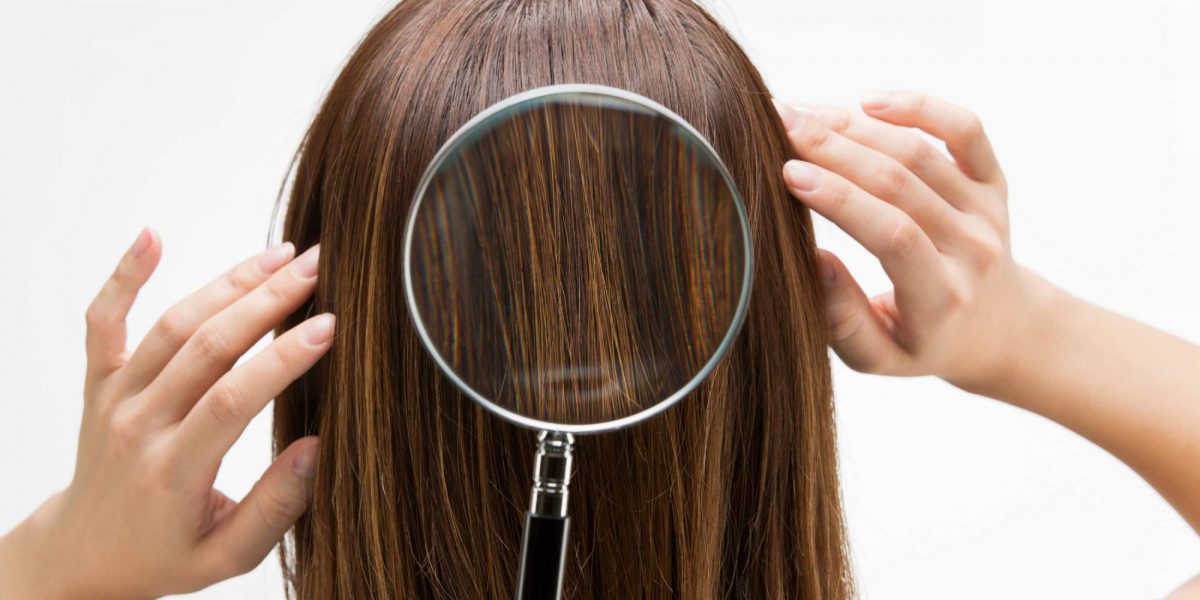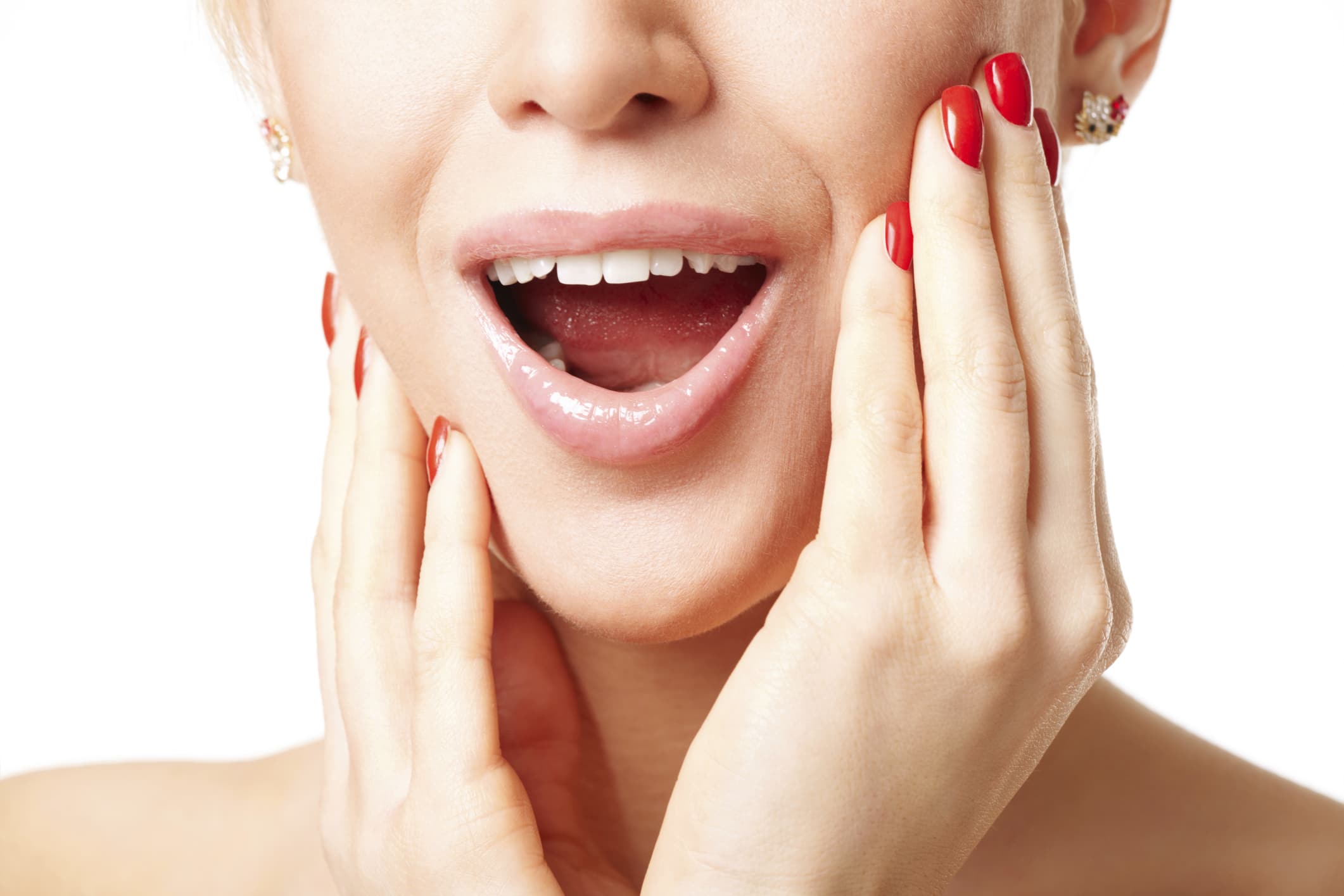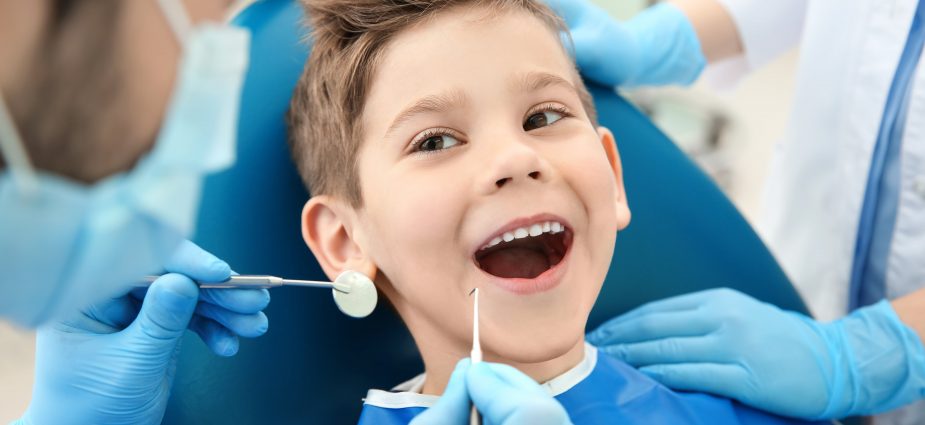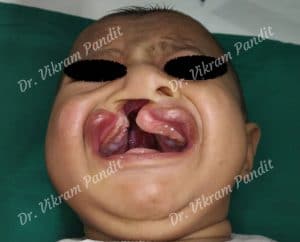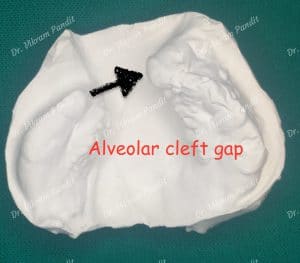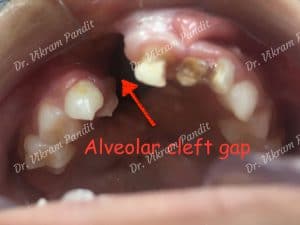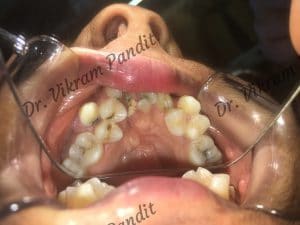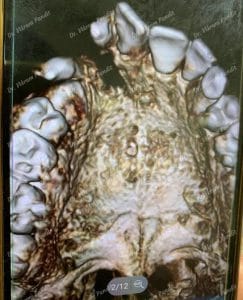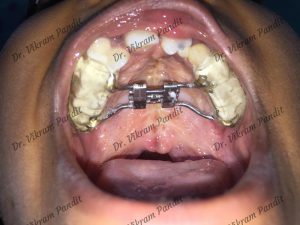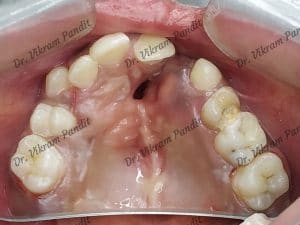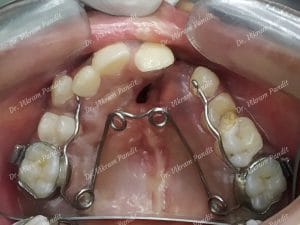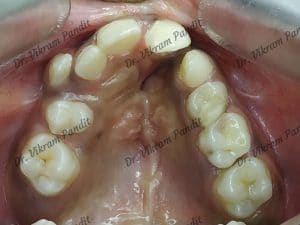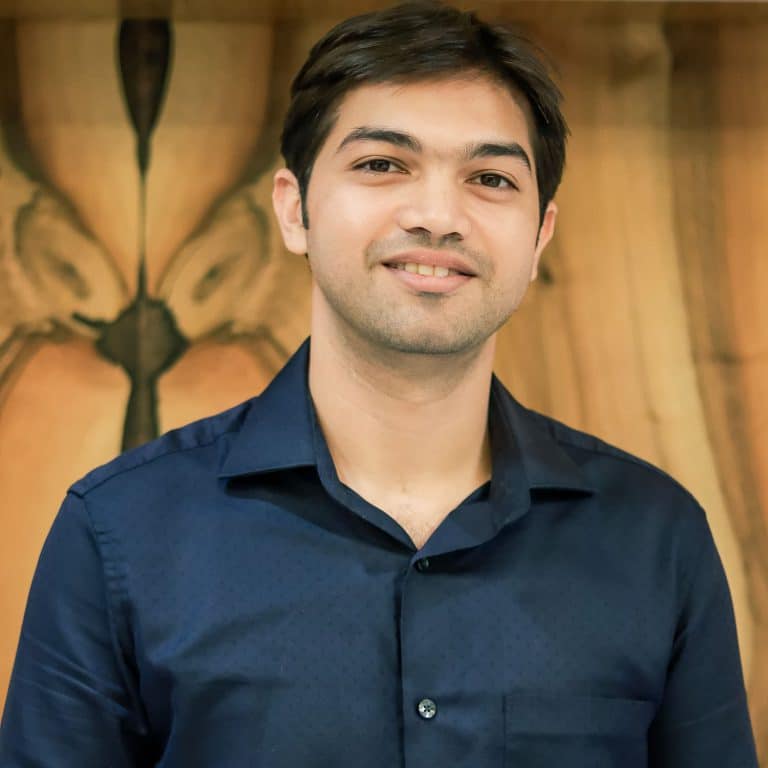- Home
- About Us
- Plastic & Cosmetic SurgeryPlastic ReconstructiveFace ContouringBreast SurgeryBody ReshapingRejuvenation
- Cosmetology & Dermatology
- Trichology
- Eye Surgery
- Oral & Maxillofacial Surgery
- Pediatric Preventive Dental Care
- International Patients
- Media and Awareness
- Testimonials
- Contact Us
- CALL US
- E-CONSULT
- Home
- About Us
- ServicesPlastic & Cosmetic SurgeryCosmetology, Dermatology & TrichologyEye SurgeryOral & Maxillofacial SurgeryPediatric DentistryPlastic ReconstructiveFace ContouringBreast SurgeryBody ReshapingRejuvenationCosmetology ProceduresDermatology TreatmentsOral & Maxillofacial servicesOral & Maxillofacial servicesOral & Maxillofacial servicesPediatric Dentistry ServicesPediatric Dentistry Services
- International Patients
- Media and Awareness
- Testimonials
- Contact Us
- Home
- Oral and Maxillofacial Surgery
- Alveolar Bone Grafting
Alveolar Bone Grafting
Alveolar bone grafting and orthodontic treatment for patients with cleft lip and cleft palate are offered by Oral and Maxillofacial Surgeon, Dr Vikram Pandit.
- Home
- Oral and Maxillofacial Surgery
- Alveolar Bone Grafting
What Is Alveolar Bone Grafting Surgery?
Alveolar bone grafting and orthodontic treatment for patients with cleft lip and cleft palate are offered by Pandit Clinic, Oral and Maxillofacial Surgeon, Dr Vikram Pandit.
The alveolus is the part of jaw bone in the maxilla (upper jaw) and mandible(lower jaw). The main function of the alveolus is to support the teeth. Most of the alveolus is covered with gums.
In patients with cleft lip and cleft palate due to the congenital deformity in the upper jaw, part of the alveolus in the cleft region is absent. Because of this, the children may have few missing teeth in that area, also teeth around that region are usually rotated in various angles.
After the cleft lip and cleft palate surgeries performed by Dr Shrirang Pandit the expert Plastic Surgeon, the child will usually develop a narrow and constricted maxilla.
Also, such patients will have maxilla which shows less growth as compared to the lower jaw bone. The maxilla usually will appear to be in “V” shape rather than normally seen “U” shape.
The alveolar bone grafting surgery is usually performed at the age of 9-12 years. The various reasons for performing this procedure are listed by Oral and Maxillofacial Surgeon Dr Vikram Pandit as follows:
- To fill the defect in underlying bone
- To help in the eruption of teeth in cleft gap
- To close the remaining fistula in the area just behind the gums
- Improvement in speech and eating/drinking
- Add bone to deficient lateral nasal alar base
- To help in the alignment of teeth using orthodontic treatment later on
- To fuse two maxillary segments into one bone. This helps in later orthognathic/ jaw advancement surgery needed at the age of 18 years
- Also, this bone is later useful in case of replacement of missing teeth using dental implants
What Happens Before The Alveolar Bone Grafting Surgery?
This surgical procedure is planned when the canine tooth shows 2/3rd of root formation. According to Dr Vikram Pandit, accredited Oral and Maxillofacial Surgeon from Pune, this is usually between 9-12 years of age. This age is also beneficial as the healing and potential for bone formation is very good in young patients. Various studies have shown that bone grafting surgery performed at this age range shows maximum benefits.
Usually, patients will be asked to get a dental X-rays OPG (Orthopentomogram) and Lateral cephalogram done. The exact root development can be visualised on these radiographs. Latest radiological investigations such as CBCT scans will provide with precise information regarding the bone defect and position of teeth in the cleft gap. In consultation with the orthodontist, surgery will be planned according to the x-ray findings. If the patient has a very narrow maxilla, then the orthodontist will plan for maxillary expansion before the surgery.
This expansion is performed using various orthodontic appliances such as a removable plate or fixed expander using wires and screws. These devices are usually cemented to the teeth and slowly expands the maxillary arches.
In some cases, the orthodontist will also want to align the rotated teeth so that the surgeon will get the best possible access to perform the surgery. These steps are essential to achieve the best possible outcomes. Usually, the time needed for this orthodontic work is between 6-10 months depending on the patients’ individual need.
Basic surgical blood/urine/radiographic investigations are done and if within normal limits, surgery will be planned.
Choice of site for bone graft harvest – Iliac bone (hip bone) is the ideal donor site for bone graft harvest. The advantages of using this site are:
- Surgical scar will be well hidden
- Generous amount of bone is available for harvest
- Good quality of cancellous bone can be taken
- The post-surgical deformity is minimal
- The same site can be used for re-surgery if needed
- Two teams of surgeons can work together reducing the surgical time
Other sites which can be used for this purpose are the tibia (bone in the leg), bone from the mandible (lower jaw), parietal bone(skull bone) etc. in some cases artificial bone can also be used, but the results of artificial bone are inferior to the autogenous i.e bone from patients own body.
What Is The Surgical Procedure for Alveolar Bone Grafting At Pandit Clinic?
This surgery is performed under general anaesthesia by Dr Vikram Pandit, the Board-certified Oral and Maxillofacial Surgeon of Pandit Clinic, Pune. The total duration of the procedure is usually around 2 hours.
In this surgery, the space between patients’ gums will be closed using adjacent tissue. Small fistula (hole) if present between the mouth and nose will be closed. Bone from the hip bone will be placed in the alveolar gap. Patient will have stitches inside the mouth, and around the teeth.
This is one of the most important steps in the success of the surgery. The patient will be advised to take antibiotics and painkillers. Also, oral hygiene instructions to follow will be discussed with the patient. In general following instructions should be followed by the patient
- Restrict the diet to cold/lukewarm liquids or semi-solids for the initial 5 days after surgery. Semi-solid/ no chew diet can be followed for the next two weeks. A regular diet can be started from 3rd week after surgery once you get clearance from the surgeon.
- Oral hygiene should be maintained well after the surgery. The first week after the surgery patient is asked to avoid toothbrushing in the area of the surgery. But frequent gargling is very important. Patients will be asked to use mouth rinse containing antibiotics. Gargling after every meal is a must. Toothbrushing can be resumed after one week of the surgery. It is advisable to use a soft toothbrush and toothpaste of your choice. Gum massage can be started after 3 weeks of the surgery.
- Donor site wounds must be maintained carefully. We usually use waterproof dressing for the wound on the hip bone. So that patients can have regular baths. Stitches of this wound can be removed after 7 days if healing is satisfactory. Walking is encouraged from the next day of surgery.
- Stitches inside the mouth are usually self resorbable and will dissolve after 4-5 weeks of surgery.
- Regular follow up appointments should be maintained with the surgeon.
Once the healing is complete, the surgeon and orthodontist will decide the next course of action. Almost all the patients with cleft lip and cleft palate will need comprehensive orthodontic care to align the teeth.
This fixed orthodontic treatment is usually started around 14-15 years of age when most of the permanent teeth have erupted in the mouth (except wisdom teeth). The orthodontist will advise x rays and decide on the treatment plan. Since many patients with cleft lip and cleft palate may have few missing teeth, maintaining the available teeth is very important and hence oral hygiene instructions should be followed meticulously.
The course of orthodontic treatment is usually for 2-3 years depending on the complexity of the treatment. During this period, braces will be put on patients’ upper and lower teeth. The orthodontist will start teeth alignment so that the patient can chew properly, have a good well-aligned dental arch and a pleasant smile.
Some of the patients with cleft lip and cleft palate will further require Orthognathic surgery (corrective jaw surgery) to reposition the jaws. This surgery will require further orthodontic support.
Cleft Lip and Cleft Palate Surgery
We, at Pandit Clinic have a very special expertise in handling all issues related to cleft care from day 1 to 25 years of age.
Book Consultation
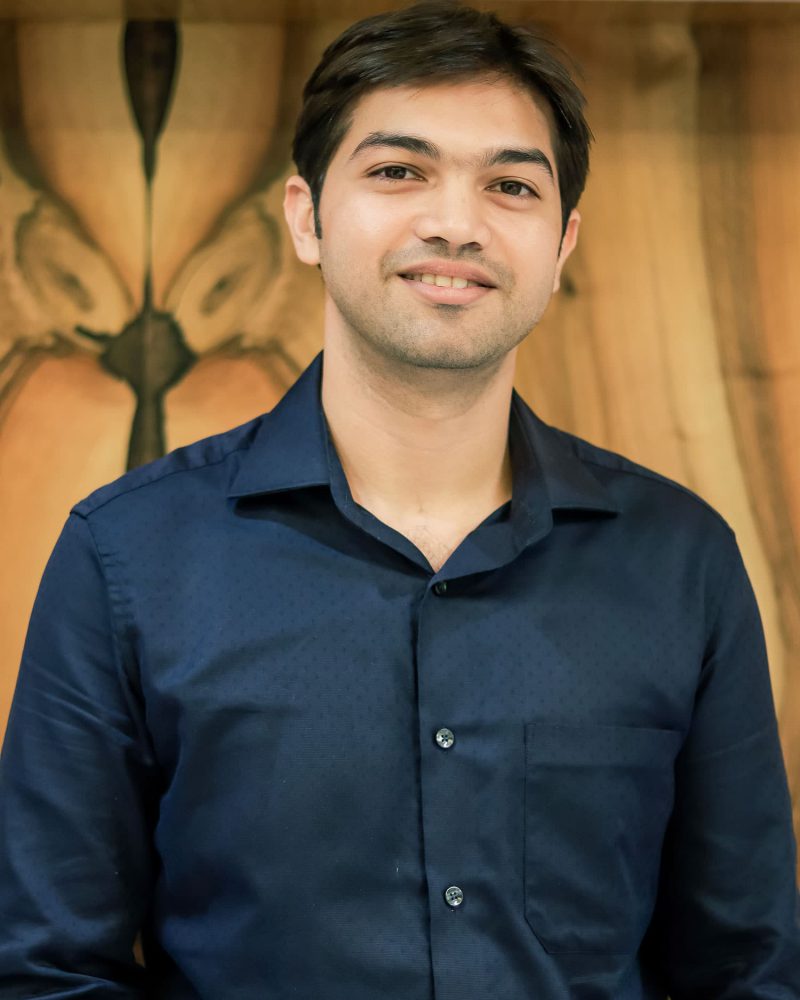
Consult Dr Vikram Pandit
Oral & Maxillofacial Surgeon
Book a consultation with Dr Vikram Pandit. At the consultation, Dr Vikram Pandit will:
- Dr. Vikram Pandit will first perform a thorough examination of your teeth, gums and jaw.
- Explain the problem to you.
- An X-Ray of your teeth will be taken if needed.
We recommend you openly discuss your concerns with Dr. Vikram.
During the consultation be prepared to discuss:
- Your medical conditions, drug allergies, and previous dental treatments.
- Current medications, vitamins, herbal supplements, if any.
- Likely outcomes, and any risks or potential complications.
Book appointment
Meet the Doctor
BDS, MDS Oral & Maxillofacial Surgeon
Dr. Vikram is a visiting consultant and consultant oral and maxillofacial surgeon at the top hospitals in Pune like Poona Hospital and Research Centre, Ratna Memorial Hospital, Pandit Clinic and KEM Hospital. Dr. Vikram has done clinical fellowship in craniofacial surgery with focus on surgery for cleft lip and cleft palate deformities, orthognathic surgery and surgery for sleep related disordered breathing (SRDB). He has trained for advanced management for Facial Trauma, from Taiwan. He has also attended various seminars and done workshops related to Oral and Maxillofacial Surgery. Dr. Vikram is also a co- author of a chapter for a textbook. He has been invited as a speaker for number of conferences in India as well as Internationally.
You Might Be Interested In

Special Needs Children
Call us +91 20 25534849 Home Pediatric Dentistry Dentistry for Special Needs Children At Pandit Clinic, we welcome children with special needs with open arms

Cleft Lip and Cleft Palate
Call us +91 88059 80048 Home Plastic & Cosmetic Surgery Cleft Lip and Cleft Palate At Pandit Clinic, we have a very special expertise in
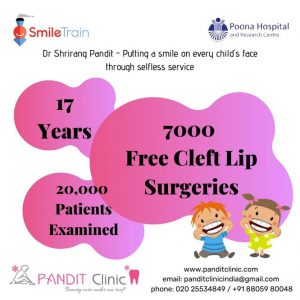
Smile Train In Pune – Correcting Facial Cleft
Dr Shrirang Pandit’s 17th year on the Smile Train! Smile Train is a global Non-Profit Organization which is on a mission to provide free treatment
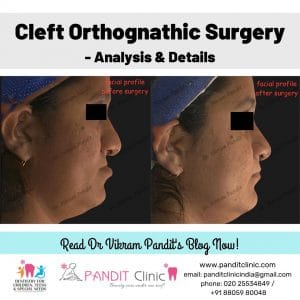
Cleft Orthognathic Surgery: Analysis & Details
Cleft Orthognathic Surgery is a surgery performed by a Oral and Maxillofacial Surgeon on a patient of Cleft Lip or Cleft Palate to reshape the

Cleft Palate Surgery – Benefits, Procedure, Recovery
Cleft Palate surgery called “palatoplasty” repairs the birth defect of cleft palate in the baby. This surgery is performed on the child during infancy by



